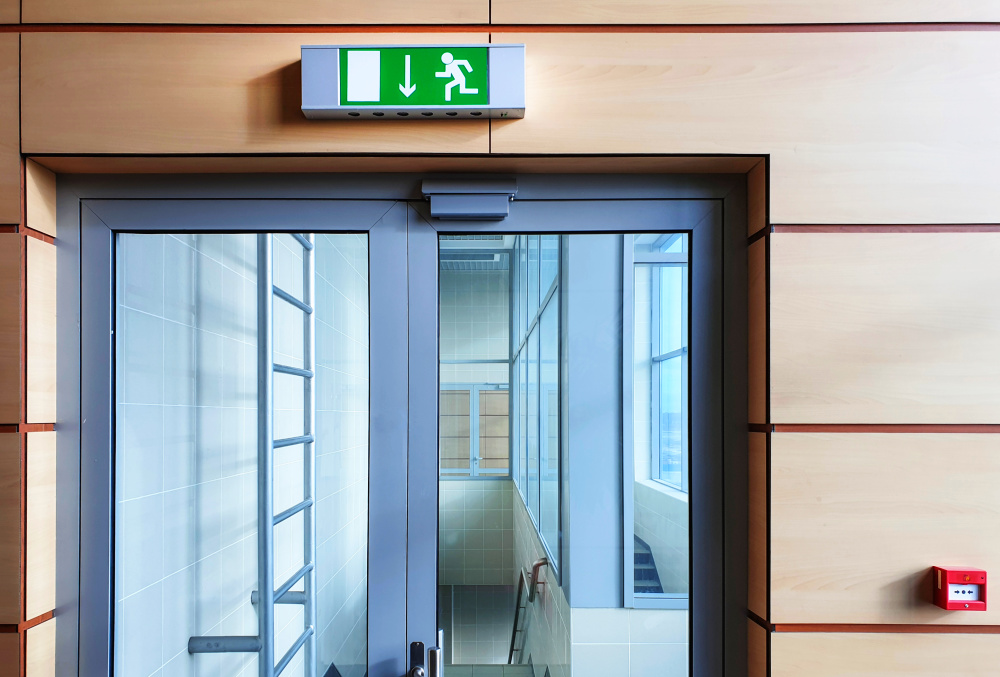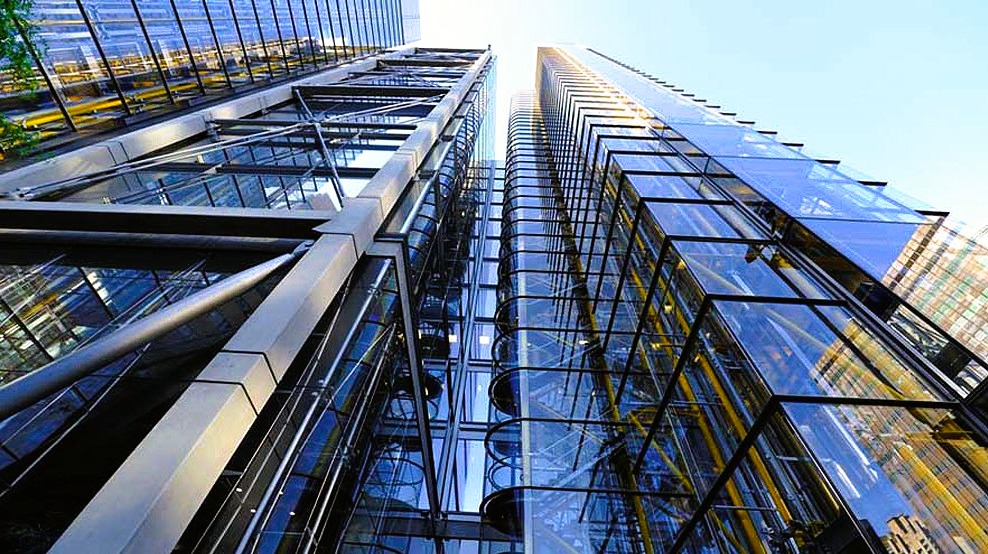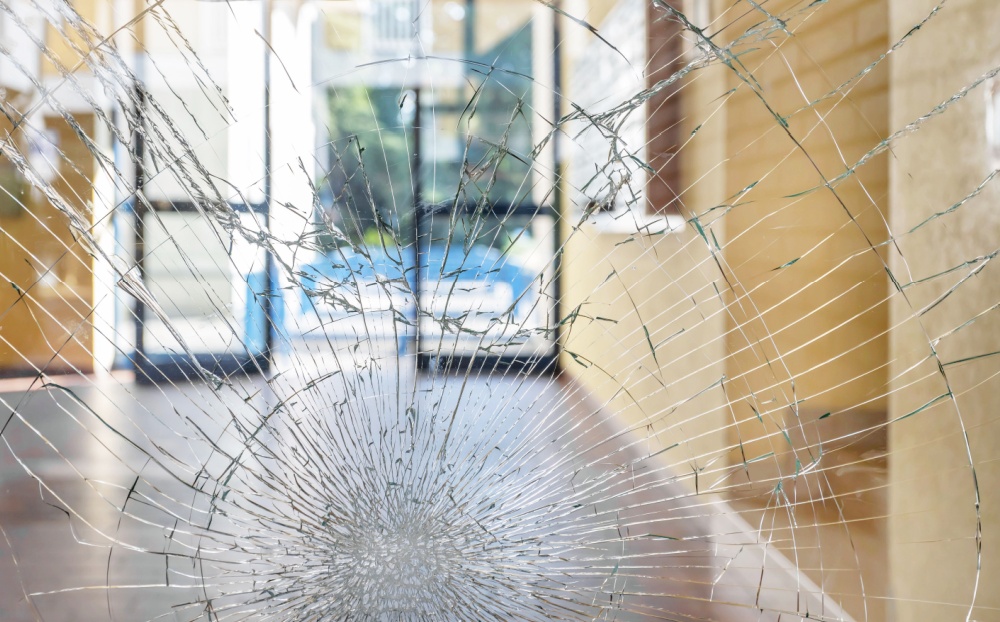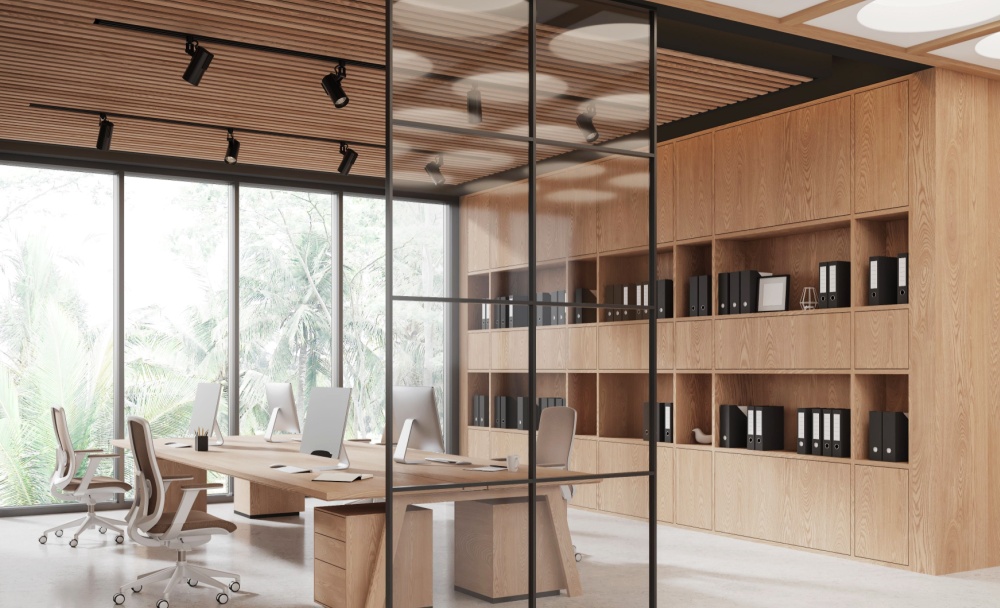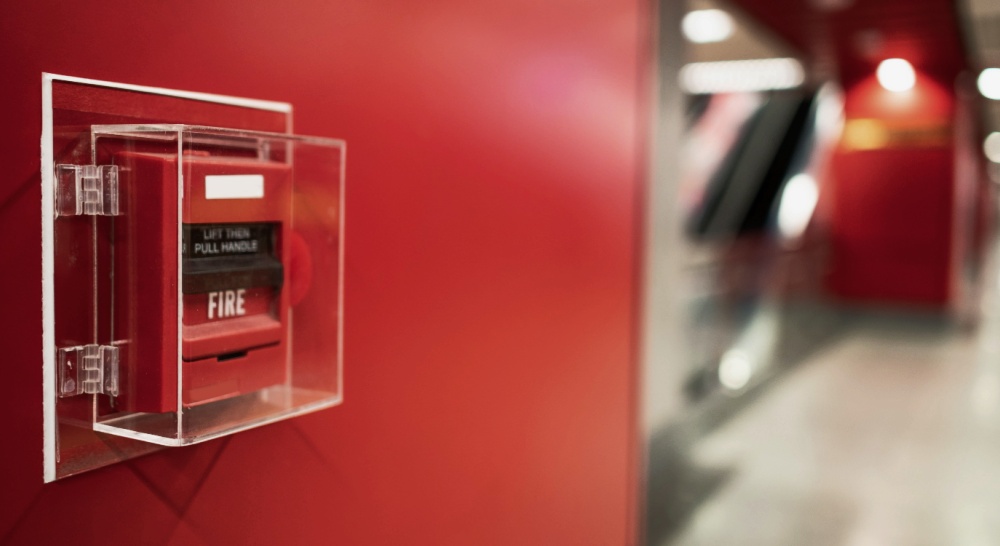What does EI60 mean?
We all know how important fire safety is in construction, but do you know the difference between fire ratings for safety glass?
While other significant elements of the building should be able to resist and compartmentalise fires, such as insulation materials in ceilings and wall panels, fire-rated glass can also help to prevent the spread of flames and smoke.
Fire-resistant glass is specially manufactured to endure high temperatures for much longer than standard toughened glass. However, not all types are the same – they can have varying thicknesses and provide different levels of insulation.
Fire glass can be used in doors, windows, walls, and more in a range of public and private buildings – but which rating should be used where? Do you know your E30 from your EI60? This blog explains what you need to know about fire glass classifications.
How is fire-resistant glass classified?
Here in the UK, fire resistance is classified via the British Standard and European Standard BS EN 13501-2. Under these classifications, you’ll see fire ratings presented as a combination of letters and numbers, such as EI60.
The letters refer to resistance properties, while the numbers refer to the duration that these properties should last for in the event of a fire. The building specifications and the location and purpose of the glass determine the required rating.
According to these Standards, there are three primary classifications of fire-rated safety glass:
- E (Integrity) – Withstands flames and smoke to prevent them from spreading.
- I (Insulation) – Prevents the transmission of heat to the other side of the glass.
- W (Radiation) – Restricts the spread of radiation in addition to toxic gases.
Experts test each of these properties by simulating a fire to identify the limits of their performance. This then gives the glass its endurance rating, usually in 30-minute intervals. Fire-resistant glass typically holds for 30, 60, 90, or 120 minutes.
This glass needs to withstand temperatures of 800°C–1500°C and over, and hold back smoke and fumes, for long enough to allow people in the building to evacuate safely. This is why fire safety glass should have a rating of at least E30 or EI30.
When you implement measures like fire-rated glass, this can not only save lives, but also make it easier for firefighters to extinguish a contained fire. In turn, this limits the damage to the building and surrounding area, reducing repair costs.
What do EI ratings mean?
While radiation control (EW) is only necessary for specific high-risk situations, standard fire-rated glass is a common feature. In lower-risk environments, such glass might only have an E rating. This means it can prevent flames and gases from passing through for a certain amount of time, maintaining the integrity of the glass, but can’t prevent the transfer of heat.
This is only the base level of fire resistance, so it’s the minimum requirement for fire-rated glass. In certain cases, the glass will require insulation as well as integrity – known as EI. This adds the reduction of heat transference to the existing integrity of the glass for a number of minutes. The temperature on the other side should remain below 140°C for this period of time.
Of course, the level of protection will depend on how long the glass retains its properties against heat and gases. For example, EI30-rated glass would only maintain its integrity and insulation for 30 minutes, while EI60-rated glass should do so for up to an hour. The higher the number, the longer people in the building will have to escape.
Do you need EI60 fire-rated glass?
There are many applications for fire-safe glass, so it’s important to install it wherever the law requires. Of course, any safety glass you use should comply with British Standards. Whether the building’s purpose is commercial, industrial, or residential, appropriately installed fire-rated glass can be invaluable in protecting both people and property from fire and smoke.
It should also comply with local Building Regulations, which specify the requirements of fire safety materials in both dwellings and non-dwellings. The ‘Fire resistance of glazed elements’ section of Approved Document B provides information on installing fire doors and fire-resistant partitions. There is also further guidance on safety glass in Approved Document K.
Here at Glass Interiors, we supply fire-rated safety glass for a range of internal and external uses. The TG100 fire-rated glass system we provide has a 30mm deep profile and is available up to 3m high for glass screens and doors. We offer fire-resistant glass with EI30 and EI60 ratings, and with acoustic ratings of up to 62 decibels for soundproofing.
If your project requires EI30 or EI60 fire-rated glass, visit our website today for more details on our safety glass products. You can also get in touch with the Glass Interiors team to discuss your project specifications and place an order by calling 0203 793 5455 or emailing info@glass-interiors.co.uk.


